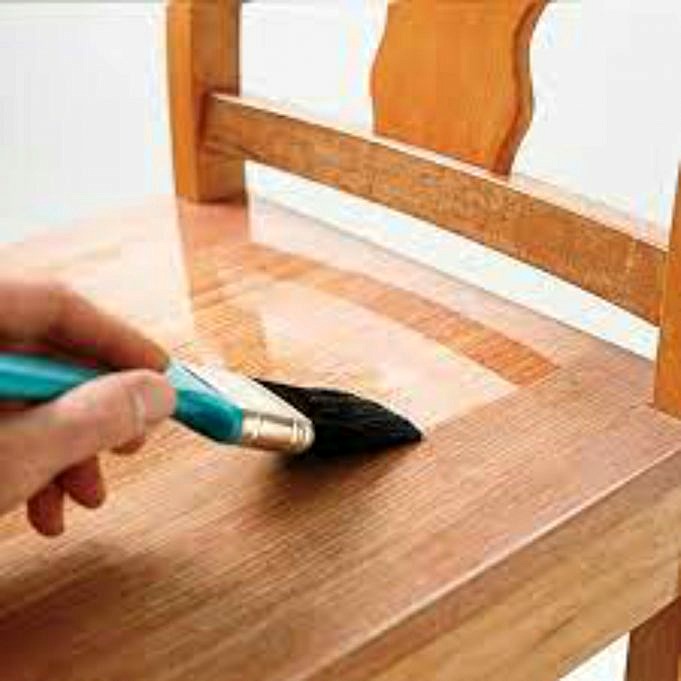Whenever we convene a meeting of the Should We or Should We Not Print Cutlists Debating Society, we get tons of responses. In the latest instance an overwhelming number of poll participants voted yea, while most of the commenters said no, or gave a qualified yes as long as we provide the lists online. So how do you use the cut list? There were many mentions of using it to plan wood purchases.
Thats one of the things you can use a cut list for, but generally I take the easy way out. If Im planning a case piece, for example, I pretend its a big box and round up the width, height and depth to the next foot. To find the finished material in the front, multiply the width by the height. For the sides, multiply the depth by the height. Width times depth equals the top. It doesn’t take too long and gives me an approximate estimate of the amount of primary wood in the final piece. I add 50 percent and I’m close.
In our neighborhood, there are places to buy nice hardwoods by the piece, at a cost of – per board foot. This video gives an example, although I dont have the cut list in hand. The method works, and it minimizes waste, but the cost per board foot is as high as it can be. Another option is to contact a hardwood supplier in my area and have the lumber delivered. This cuts the cost per board foot about in half, and if I purchase 100 board feet or more, I get a break in the price and delivery.
It is possible to calculate the exact number of board feet by looking at a cut list. However, this would be a waste of time. Board feet is a measure of volume, similar to a cubic yard of concrete. If I have a three-cubic-yard hole I want to fill, I can make a phone call and a truck will come out and pour that amount of concrete into the hole. This is not how wood works. If I call the lumber yard and order 25 board feet of hardwood, it could arrive in any number of configurations of random widths and lengths. It doesn’t help to do the math. I need to either guess high enough to ensure I have enough or go through the stack with my cut lists in hand.
Most of the time the final cost will be close whether I go out and pick and choose, or order way too much and have it delivered. Where the cut list is important, to me at least, is when deciding which piece of wood goes where in the finished piece. Im looking for different characteristics in boards that are mostly visual, as in tabletops or panels than I am for pieces that will become door frames. Having a lot of wood to root through to find the best piece available makes for better furniture. I don’t understand the idea of too many wood.



